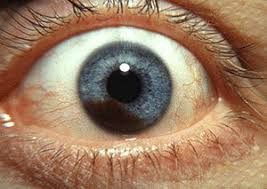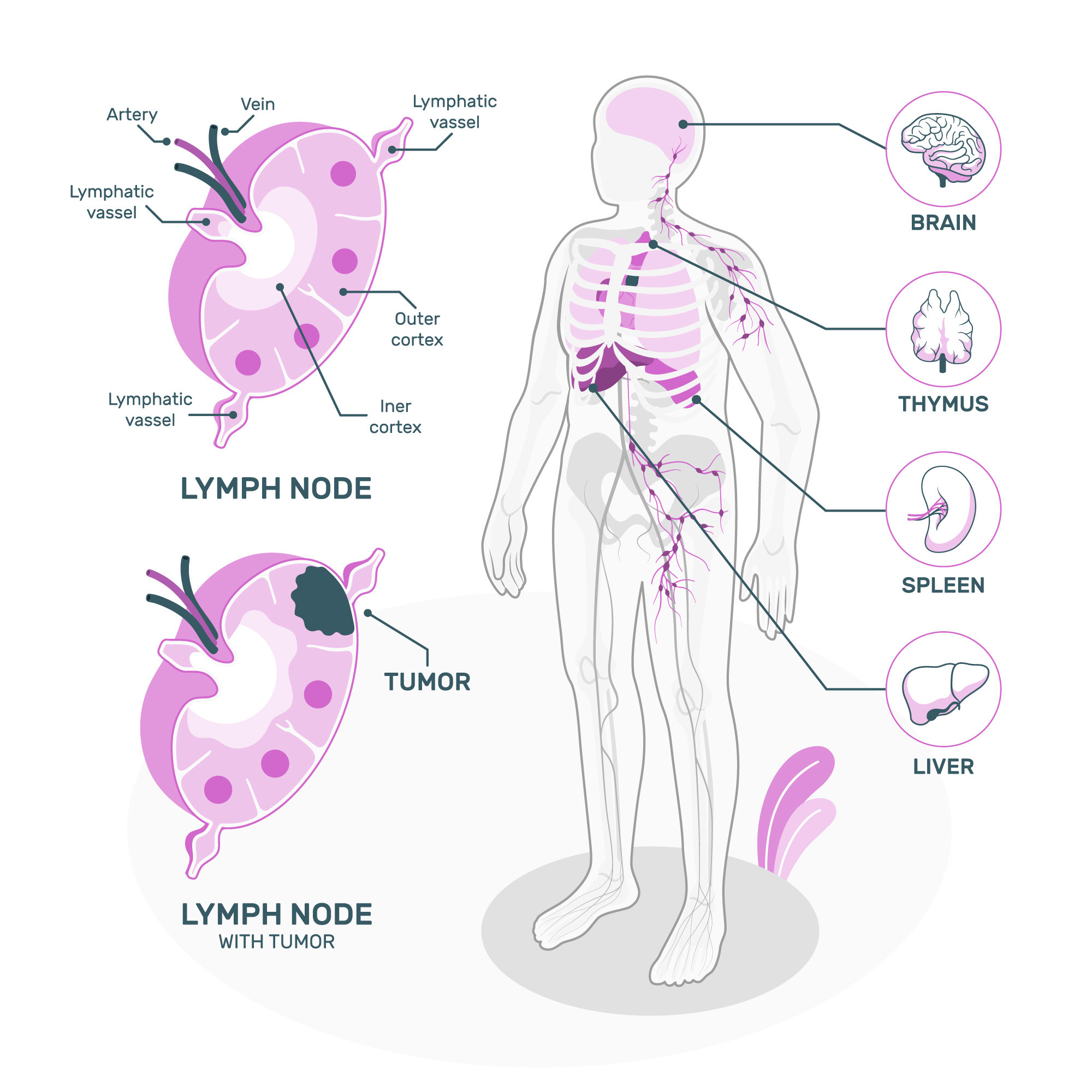Definisi
Tumor rongga mulut adalah pembengkakan yang disebabkan oleh pertumbuhan sel yang tidak normal dalam rongga mulut. Tumor rongga mulut terdapat pada daerah rongga mulut yang dibatasi oleh bibir atas dan bawah pada batas langit-langit keras dan lunak bagian atas. Kondisi ini dapat menyerang lapisan mukosa mulut, otot, tulang rahang, kelenjar ludah, serta kelenjar getah bening.
Ada dua kelompok tumor:
Tumor Jinak
Tumor ini dapat menyerang struktur yang berdekatan tanpa menyebar luas ke jaringan lain.
Pertumbuhannya lambat dan menekan tulang. Tumor memiliki batas yang jelas dan dapat dipindahkan sehingga lebih mudah jika dilakukan pengangkatan. Area yang terkena bersifat lokal dan tidak memengaruhi jaringan tubuh. Contohnya adalah ameloblastoma, fibroma, odontoma.
Baca Juga: Tumor Jaringan Ikat: Fibroma, Fibromatosis, Fibrosarkoma - Definisi, Penyebab, Gejala dan Pengobatannya
- Ameloblastoma
Ameloblastoma merupakan jenis tumor jinak yang tumbuh pada rahang secara perlahan. Pada beberapa kasus tumor ini bisa tumbuh cepat dan menyebar ke hidung, rongga mata, dan tengkorak kepala. Jika terus dibiarkan tanpa pengobatan dalam waktu lama, tumor dapat berubah menjadi ganas dan menyebar ke kelenjar getah bening atau paru-paru. Tindakan pembedahan menjadi pilihan terapi terbaik.
- Fibroma
Fibroma adalah suatu pertumbuhan jaringan yang tidak normal pada jaringan ikat yang terjadi akibat iritasi atau trauma lokal serta mengonsumsi makanan yang kurang baik. Fibroma dapat ditangani dengan pembedahan.
- Odontoma
Odontoma adalah jenis tumor rahang jinak yang biasanya terlihat pada masa remaja. Kondisi ini dapat memengaruhi pertumbuhan gigi. Tumor odontoma dapat menyerupai gigi normal, Ini terdiri dari enamel, dentin, sementum dan juga ruang pulpa dan dapat ditandai dengan pertumbuhan yang lambat. Penanganan yang dapat dilakukan adalah pembedahan.
Tumor Ganas
Tumor ganas atau disebut juga kanker, dapat menyerang dan menghancurkan jaringan di sekitarnya dan menyebar luas. Tumbuh dengan cepat dan mudah menyebar ke daerah lain.
Berbatas tidak jelas, sehingga dapat menembus tulang. Daerah yang terkena bisa meluas ke arah lain. Bila tidak segera ditangani, kanker dapat menyebabkan kematian. Contohnya adalah karsinoma sel skuamosa.
Jika Anda ingin mengetahui lebih lanjut mengenai karsinoma sel skuamosa, Anda dapat membacanya di sini: Karsinoma Sel Skuamosa - Definisi, Penyebab, Gejala dan Pengobatannya
Penyebab
Penyebab yang dapat menimbulkan tumor rongga mulut, yaitu:
- Faktor genetik
- Trauma/cedera
Faktor Risiko
Faktor risiko pada tumor rongga mulut, antara lain:
- Merokok
Tembakau merupakan faktor risiko terbesar penyebab tumor rongga mulut. Mengisap rokok, cerutu, rokok pipa (cangklong), atau mengunyah tembakau dapat meningkatkan peluang untuk terkena tumor rongga mulut. Selain pada orang yang aktif merokok risiko terkena kanker mulut ini juga bisa dialami oleh perokok pasif.
- Sering mengonsumsi minuman beralkohol
Orang yang sering minum alkohol dapat mengalami peningkatan risiko untuk terkena tumor rongga mulut hingga enam kali lipat jika dibandingkan orang yang menjalani gaya hidup sehat. Risiko tersebut akan jauh lebih tinggi jika ditambah dengan kebiasaan merokok.
Hal ini diduga karena kedua kebiasaan buruk tersebut dapat merusak sel-sel di rongga mulut.
- Sering terpapar sinar matahari
Paparan sinar matahari atau radiasi sinar ultraviolet (UV) yang berlebihan diduga bisa menjadi penyebab tumor rongga mulut di daerah bibir. Hal ini lebih berisiko terjadi pada orang-orang yang banyak beraktivitas di bawah terik matahari.
- Kurang menjaga kebersihan mulut
Kesehatan gigi dan mulut yang kurang baik dapat memicu terjadinya tumor rongga mulut. Hal ini diduga berkaitan dengan luka dan peradangan kronis pada mulut akibat kurang terjaganya kebersihan mulut, sehingga sel-sel di dalam rongga mulut mengalami kerusakan.
Hal ini didukung oleh suatu riset yang meninjukkan bahwa orang-orang yang jarang menyikat gigi, tidak rutin memeriksakan kesehatan gigi dan mulut ke dokter gigi, memiliki gigi patah atau rusak yang tidak ditangani, serta sering terkena radang gusi lebih berisiko untuk terkena kanker mulut.
- Memiliki pola makan yang kurang baik
Memiliki pola makan yang tidak baik, seperti jarang mengonsumsi buah dan sayur, konsumsi makanan yang tidak sehat diduga dapat meningkatkan risiko terjadinya tumor rongga mulut. Risiko ini dapat dikurangi dengan menerapkan pola makan sehat bergizi seimbang.
Gejala
Pasien kanker mulut dapat memiliki gejala yang berbeda. Namun, gejala umum pada tumor rongga mulut, di antaranya:
- Rasa sakit pada bibir atau mulut yang tidak kunjung sembuh
- Bintik-bintik putih atau merah pada gusi, lidah atau lapisan mulut
- Pendarahan yang tidak biasa, nyeri atau mati rasa disekitar mulut
- Pembengkakan rahang atau leher
- Nyeri telinga
- Nyeri atau kesulitan menelan
- Benjolan di bibir atau di mulut
Diagnosis
Selain riwayat medis lengkap dan pemeriksaan fisik, prosedur diagnostik untuk tumor rongga mulut dapat mencakup satu atau beberapa tes berikut:
- Biopsi
Biopsi dilakukan sebagai prosedur mengambil jaringan atau sampel sel dari tubuh Anda. Kemudian, sampel sel tersebut akan di uji dalam sebuah laboratorium dan dilihat bentuknya di bawah mikroskop.
- Endoskopi
Endoskopi dapat dilakukan untuk mendiagnosis penyakit dan untuk menunjang beberapa tindakan medis, seperti operasi dan pengambilan sampel jaringan untuk biopsi.
- Computerized tomography (CT) scan
- Magnetic resonance imaging (MRI)
- Ultrasonografi (USG)
- Tomografi emisi positron (PET).
Tata Laksana
Pengobatan tumor rongga mulut dilakukan setelah pemeriksaan klinis dan pemeriksaan penunjang untuk menegakkan diagnosis. Pengobatan ini dilakukan berdasarkan lokasi, ukuran, lamanya pertumbuhan, serta keadaan umum penderita.
Pada pengobatan tumor jinak, dapat dilakukan prosedur eksisi (pengangkatan jaringan dengan cara memotong) atau enukleasi.
Sedangkan tumor ganas dapat diatasi dengan pembedahan, kemoterapi dan radioterapi.
Komplikasi
Tumor mulut dan pengobatannya dapat menyebabkan berbagai komplikasi.
Komplikasi setelah operasi meliputi risiko:
- Pendarahan
- Infeksi
- Nyeri
- Kesulitan makan dan menelan
Baca Juga: Abses Gigi - Definisi, Penyebab, Gejala, dan Pengobatannya
Pencegahan
Tindakan pencegahan dapat dilakukan untuk mencegah munculnya tumor di rongga mulut, antara lain:
- Jaga kesehatan dan kebersihan rongga mulut dengan menyikat gigi dua kali. Lakukan pada pagi hari setelah makan dan malam hari sebelum tidur
- Gunakan pasta gigi yang mengandung fluoride untuk mencegah kerusakan
- Pemeriksaan ke dokter gigi secara rutin minimal enam bulan sekali
- Jika terdapat gigi yang berlubang segera ditambal
- Hindari kebiasaan buruk seperti, merokok, mengunyah tembakau dan minuman beralkohol yang dapat memicu kanker pada rongga mulut
- Konsumsi makanan yang sehat bergizi seimbang
Supaya tidak terkena penyakit tumor mulut, hindarilah beberapa faktor risikonya, yaitu dengan berhenti merokok, mengurangi konsumsi alkohol, menghindari perilaku seks berisiko, dan rutin memeriksakan kesehatan gigi dan mulut ke dokter gigi.
Selain itu, jangan lupa juga untuk rutin melakukan pemeriksaan mulut secara mandiri di rumah. Caranya, lihat rongga mulut menggunakan cermin dan perhatikan apakah terdapat benjolan, bercak atau sariawan, serta luka yang lama sembuh di dalam lidah, bibir, langit-langit, dan rongga mulut.
Kapan Harus ke Dokter?
Jika Anda mengalami gejala seperti diatas, segera periksakan diri ke dokter gigi jika keluhan tersebut tidak kunjung sembuh selama lebih dari 2 minggu.
Untuk menjaga kesehatan gigi dan rongga mulut, lakukan pemeriksaan rutin ke dokter gigi tiap 6 bulan sekali.
Mau tahu informasi seputar penyakit lainnya? Cek di sini, ya!
- dr. Monica Salim
Oral health. Retrieved 7th of January 2023, Available from: https://www.who.int/health-topics/oral-health
Journal of the American Academy of Dermatology. 2019. Benign oral mucosal lesions: clinical and pathological findings. Retrieved January 7, 2023, Available from: https://pubmed.ncbi.nlm.nih.gov/30447312/
Clinical Issues: Substance Use Disorders And The Body (2021) Tobacco Use and Oral Health. Retrieved January 7, 2023, Available from: https://pubmed.ncbi.nlm.nih.gov/33822437/











